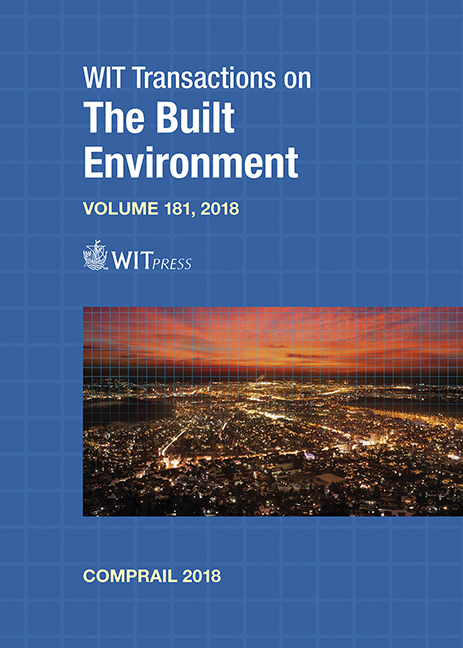TRENISSIMO: IMPROVING THE MICROSCOPIC SIMULATION OF RAILWAY NETWORKS
Price
Free (open access)
Transaction
Volume
181
Pages
13
Page Range
199 - 211
Published
2018
Size
477 kb
Paper DOI
10.2495/CR180181
Copyright
WIT Press
Author(s)
STEFANO DE FABRIS, GIORGIO MEDEOSSI, GIULIANO MONTANARO
Abstract
Railway is a complex system. Infrastructure, rolling stock and timetable interact together with human factors and daily disturbances. Microscopic simulation is the most accurate technique to model and quantitatively represent these complex interactions and support railway undertakings at all stages of planning. The most widely-used simulation tools were developed several years ago and have since then maintained their original principles. But, in the era of Big Data the availability of large amounts of extremely accurate train tracking data and the increased computational power allows modelling reality at a higher level of detail without exceeding the reasonable computation times. The new trenissimo tool was developed with the specific aim of obtaining a more realistic simulation of railway operations, combining new characteristics and functionalities not yet or only in part implemented in the existing tools. One of the most important innovations is the representation of both drivers and dispatchers as agents, who respectively drive the trains following the timetable and signalling/ATP system and control them based on given criteria or algorithms. A second characteristic is the control of signals: as in the reality, the block signals are automatically switched to green, while the others are operated by the dispatchers. A third is the possibility to consider in real time the impact of the number of passengers waiting at the platform on the dwell time of trains, and thus correctly represent their effect, especially on high-frequency services. The paper describes in detail these innovative functions and shows the results of the first tests performed on two lines.
Keywords
railway simulation, railway planning, railway operations modelling, calibration





